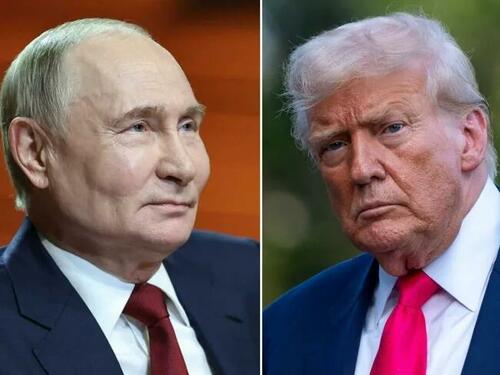Morgan Stanley: Why Is There Such A Large Delay Between Tariffs And Inflation

Premium
By Seth Carpenter, Morgan Stanley chief economist
Market pricing of the September FOMC meeting swung widely during the last week of July. Prior to Chair Powell’s Wednesday afternoon FOMC press conference, the market had priced more than even odds of a cut, but after he spoke, the implied probability fell sharply. Then, Friday morning’s July nonfarm payrolls (NFP) number pushed pricing almost all the way back to the pre-FOMC level. The 258k downward revision to May and June payrolls, the largest in the history of the time series outside of Covid, changed the market narrative on the US economy. The rates market immediately began to focus on downside risks. While markets are treating a September cut as a near certainty, we think there is still a lot to play for. Chair Powell’s comments at the press conference and New York Fed President Williams’ remarks after NFP suggest that upcoming data remain critical for the September meeting decision. CPI data this week will matter, particularly to answer the question of how tariffs are driving inflation outcomes.
The June CPI showed the start of tariff-driven inflation, but we have long argued that the experience of 2018 points to three to five months as the most likely lag for the full effects of tariff pass-through. We attribute much of the delay to the practical realities of supply chains. Around the August 1 tariff deadlines, we published a note that dissected supply chain data for clues in the current cycle.










